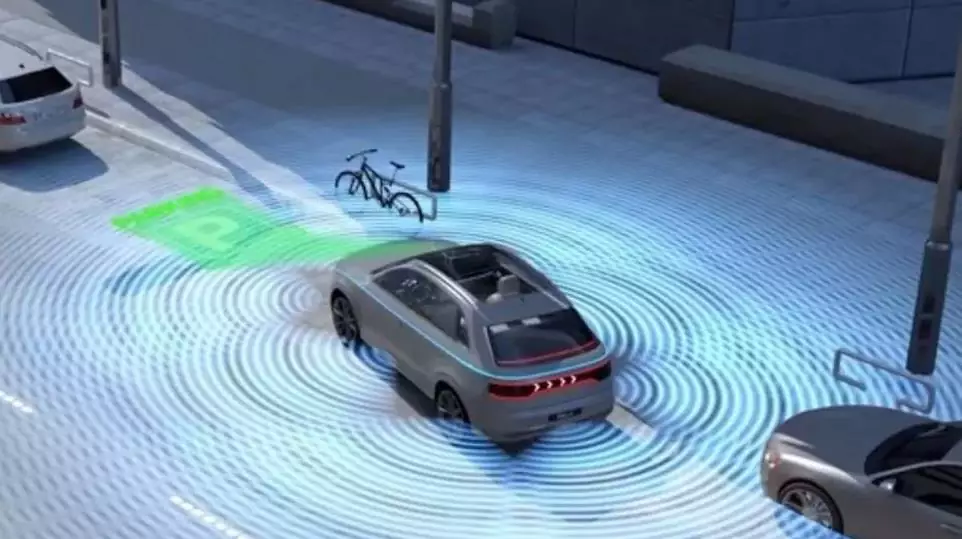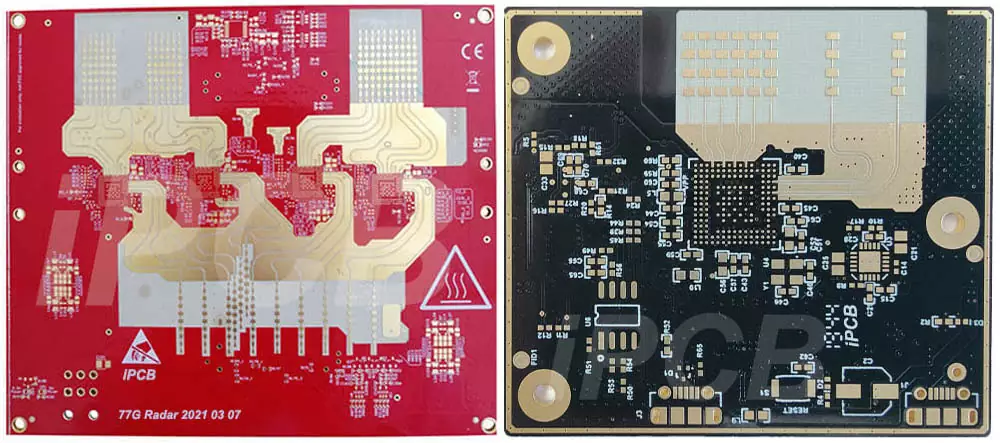Millimeter-wave radar has the characteristics of strong penetration (not affected by smoke, fog, dust), all-weather use, and stable performance. Therefore, millimeter-wave radar has become a use case that complements other sensors such as lasers and monitors in automotive applications. For this reason, let’s sort out the information on millimeter wave radar.
Millimeter wave radar principle
The essence of millimeter wave radar is to use electromagnetic wave signals to be blocked by objects in its transmission path and then reflected. By capturing reflected signals, the distance, speed and angle of an object can be determined. Its wavelength range is 1~10mm, and its frequency range is 30~300GHz.
However, since radar frequencies are strictly controlled by governments of various countries, the application frequency bands of vehicle-mounted millimeter wave radar are mainly concentrated in the frequencies of 24G, 60G, 77G, and 79GHz.

Millimeter wave radar
Millimeter wave radar classification
According to the working mode, millimeter wave radar is divided into pulse type and continuous wave type. The continuous wave type is further subdivided into CW (constant frequency continuous wave, which can only measure speed but not distance), FSK (frequency shift keying continuous wave, which can Detect the specificity and speed of a single target), FMCW (frequency modulated continuous wave, can achieve range and speed measurement of multiple targets, high resolution, mature technology).
Working principle of pulse radar: The pulse working method can distinguish the transmitted wave and the echo. At the same time, it can compare the different frequencies in the received echo and the transmitted signal, and use the Doppler effect to obtain the target's speed information. The time information of the echo can also be used to obtain distance information. The data processing principle of this pipeline is relatively simple, but due to the large power required for a single pulse and the existence of a blind zone during the intermittent period, it has not been used in current millimeter wave radar products.
The working principle of CW constant frequency continuous wave radar: mixing the received signal and the transmitted signal can obtain the Doppler frequency of the target and then obtain the speed information. However, since it is a continuous wave, the round-trip time of the transmitted signal cannot be measured. This CW radar cannot measure distance and can only measure the speed of the target.
Working principle of FMCW radar: The transmission frequency of FMCW radar changes linearly with time, so that the time information can be carried in the transmitted signal. The high-frequency signal is generated by a voltage-controlled oscillator. A part of the high-frequency signal is additionally amplified and fed to the transmitting antenna through a power divider. The other part is coupled to the mixer, mixed with the received echo and then low-pass filtered to obtain a baseband difference frequency signal. , and then sent to the signal processor for processing after analog-to-digital conversion. The signal obtained in this way can obtain both time information and Doppler effect characteristic points. This can measure speed and distance information at the same time.
Millimeter wave radar information transmission
Take Bosch's fourth-generation MRR as an example. Radar chips have their own data processing capabilities and generally have two signal transmission channels.
1. Millimeter wave radar directly provides 32 original targets and tells whether they are stationary or moving targets. In this mode, the OEM needs to combine visual calculations to determine whether the stationary object is a car or other obstacle.
2. Based on the RCS reflection area of the millimeter wave and the reflection point conditions between different frames, the millimeter wave radar controller selects functional safety targets from the 32 original targets, that is, the targets that the vehicle needs to react to.
3. Since the signals transmitted in these two modes are actually characterized by low data volume, traditional CAN communication is used for data transmission between the radar and the controller.

Millimeter wave radar
Advantages and Disadvantages of Millimeter Wave Radar
We understand the excellent characteristics of millimeter wave radar, but the shortcomings are also inevitable. For example, millimeter wave radar cannot provide altitude information, the spatial resolution is average, and seriously, because millimeter wave radar works by using the Doppler effect To detect targets, this will lead to missed detection of static targets, causing the autonomous driving system to make wrong decisions.
In addition, because millimeter wave radar chips are basically monopolized by Bosch, NXP, and TI, and Bosch and NXP do not supply external supplies, companies basically use TI chips, which also leads to particularly serious homogeneous competition. In addition, in the field of circuit boards and Structural layout is very sensitive to radar performance, and this area is basically monopolized by some companies, such as Rogers.
Development Direction of Millimeter Wave Radar
1. The forward MRR and LRR evolve towards the high frequency 77/79GHz.
2. Millimeter-wave radar detects the direction by taking advantage of the short wavelength and uses an array antenna to form a narrow beam. Achieve a radar covering a wide azimuth angle.
3. Increase the radar frequency. While maintaining the same gain, the antenna aperture can be reduced with the square multiple of the wavelength. The size of the corresponding radar can also be reduced.
4. At the same time, the reduced aperture can provide a narrower beam, and the detection accuracy of millimeter wave radar's speed, displacement, and object size can be greatly improved.